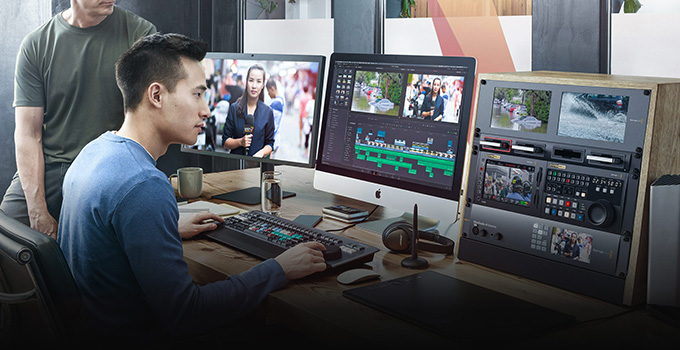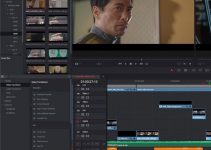When you first start a project in DaVinci Resolve you usually drop in some footage and (unless your computer is severely underpowered) you will see smooth playback.
Unfortunately, that doesn’t always last. Once you start adding some effects, titles, color grading, and especially with Fusion, that once-smooth performance starts to falter.
Getting smooth playback is essential to a fast and efficient editing experience. You can upgrade your computer hardware, but that’s an expensive option.
Or, using this tutorial from JayAreTV, you could learn more about how to work with caching to improve performance without spending anything.
When designed correctly and efficiently you may not see any hesitation right away. Other effects may instantly cause issues. Both situations can benefit since if you do decide to try other options out or add another effect you want to maintain smooth playback.
The first thing you’ll want to do is make sure Resolve has access to all your computer’s resources. Heading to the Preferences menu you should go to Memory and GPU and make sure your limiting sliders for memory are set to the max.

Image Credit: Blackmagic Design
Next, in the Playback menu head to Fusion Memory Cache and set it to Auto. You can also go to Render Cache and turn it to Smart. What the render cache does is make edit-friendly temporary files (renders) of your clips in the background so that it’ll play back smoothly.
With effects, this is especially noticeable as it means the computer isn’t processing the title every single time you hit play.
The thing to know about the render cache is that if you make changes you’ll need to make sure it renders out again. There is a line at the top of your timeline that should tell you current status. Red means it hasn’t been rendered and it’ll turn blue as the render is saved.
The smart and auto settings should do all this in the background as you work so you shouldn’t even have to think about it. One thing to watch out for is that you have space on your scratch disk so that you aren’t loading up your computer over time with temporary renders.
There are settings to limit overall space used and you should look into that. Otherwise, a good clear cache every now and then is good.
[source: JayAreTV]
Disclaimer: As an Amazon Associate partner and participant in B&H and Adorama Affiliate programmes, we earn a small comission from each purchase made through the affiliate links listed above at no additional cost to you.




